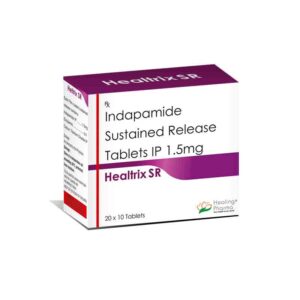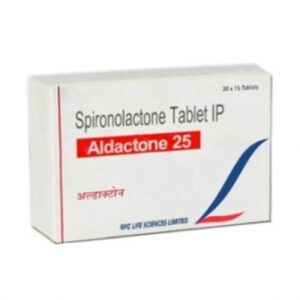Hydrochlorothiazide Information
Pronunciation
hye droe klor oh THYE a zide
What is this drug used for?
• It is used to treat high blood pressure.
• It is used to get rid of extra fluid.
• It may be given to you for other reasons. Talk with the doctor.
Frequently reported side effects of this drug
• Constipation
• Diarrhea
• Dizziness
• Lack of appetite
• Nausea
• Vomiting
• Headache
Other side effects of this drug: Talk with your doctor right away if you have any of these signs of:
• High blood sugar like confusion, fatigue, more thirst, hunger, passing a lot of urine, flushing, fast breathing, or breath that smells like fruit.
• Fluid and electrolyte problems like mood changes, confusion, muscle pain or weakness, abnormal heartbeat, severe dizziness or passing out, fast heartbeat, more thirst, seizures, loss of strength and energy, lack of appetite, unable to pass urine or change in the amount of urine produced, dry mouth, dry eyes, or nausea or vomiting.
• Kidney problems like unable to pass urine, blood in the urine, change in amount of urine passed, or weight gain.
• Pancreatitis like severe abdominal pain, severe back pain, severe nausea, or vomiting.
• Lupus like rash on the cheeks or other body parts, sunburn easy, muscle or joint pain, chest pain or shortness of breath, or swelling in the arms or legs
• Shortness of breath
• Dark urine
• Yellow skin
• Chills
• Sore throat
• Burning or numbness feeling
• Bruising
• Bleeding
• Severe loss of strength and energy
• Skin changes
• Vision changes
• Eye pain
• Signs of a significant reaction like wheezing; chest tightness; fever; itching; bad cough; blue skin color; seizures; or swelling of face, lips, tongue, or throat.
Medication Safety Issues
Sound-alike/look-alike issues:
HCTZ is an error-prone abbreviation (mistaken as hydrocortisone)
HydroCHLOROthiazide may be confused with hydrALAZINE, hydrocortisone, hydrOXYzine, Viskazide
Microzide may be confused with Maxzide, Micronase
International issues:
Esidrex [multiple international markets] may be confused with Lasix brand name for furosemide [US, Canada, and multiple international markets]
Esidrix [Germany] may be confused with Lasix brand name for furosemide [US, Canada, and multiple international markets]
Geriatric Patients: High-Risk Medication:
Beers Criteria: Diuretics are identified in the Beers Criteria as potentially inappropriate medications to be used with caution in patients 65 years and older due to the potential to cause or exacerbate syndrome of inappropriate antidiuretic hormone secretion (SIADH) or hyponatremia; monitor sodium concentration closely when initiating or adjusting the dose in older adults (Beers Criteria [AGS 2019]).
Storage and Stability
Store at 20°C to 25°C (68°F to 77°F). Protect from light and moisture.
Adverse Reactions
The occurrence of adverse events are dose related, with the majority occurring with doses ≥25 mg.
Cardiovascular: Hypotension, necrotizing angiitis, orthostatic hypotension
Central nervous system: Dizziness, headache, paresthesia, restlessness, vertigo
Dermatologic: Alopecia, erythema multiforme, exfoliative dermatitis, skin photosensitivity, skin rash, Stevens-Johnson syndrome, toxic epidermal necrolysis, urticaria
Endocrine & metabolic: Glycosuria, hypercalcemia, hyperglycemia, hyperuricemia, hypochloremic alkalosis, hypokalemia, hypomagnesemia, hyponatremia
Gastrointestinal: Abdominal cramps, anorexia, constipation, diarrhea, gastric irritation, nausea, pancreatitis, sialadenitis, vomiting
Genitourinary: Impotence
Hematologic & oncologic: Agranulocytosis, aplastic anemia, hemolytic anemia, leukopenia, purpura, thrombocytopenia
Hepatic: Jaundice
Hypersensitivity: Anaphylaxis
Neuromuscular & skeletal: Muscle spasm, weakness
Ophthalmic: Transient blurred vision, xanthopsia
Renal: Interstitial nephritis, renal failure, renal insufficiency
Respiratory: Respiratory distress, pneumonitis, pulmonary edema
Miscellaneous: Fever
Rare but important or life-threatening: Allergic myocarditis, eosinophilic pneumonitis, hepatic insufficiency, malignant neoplasm of lip (Friedman 2012), skin carcinoma (Pedersen 2018), systemic lupus erythematosus –





